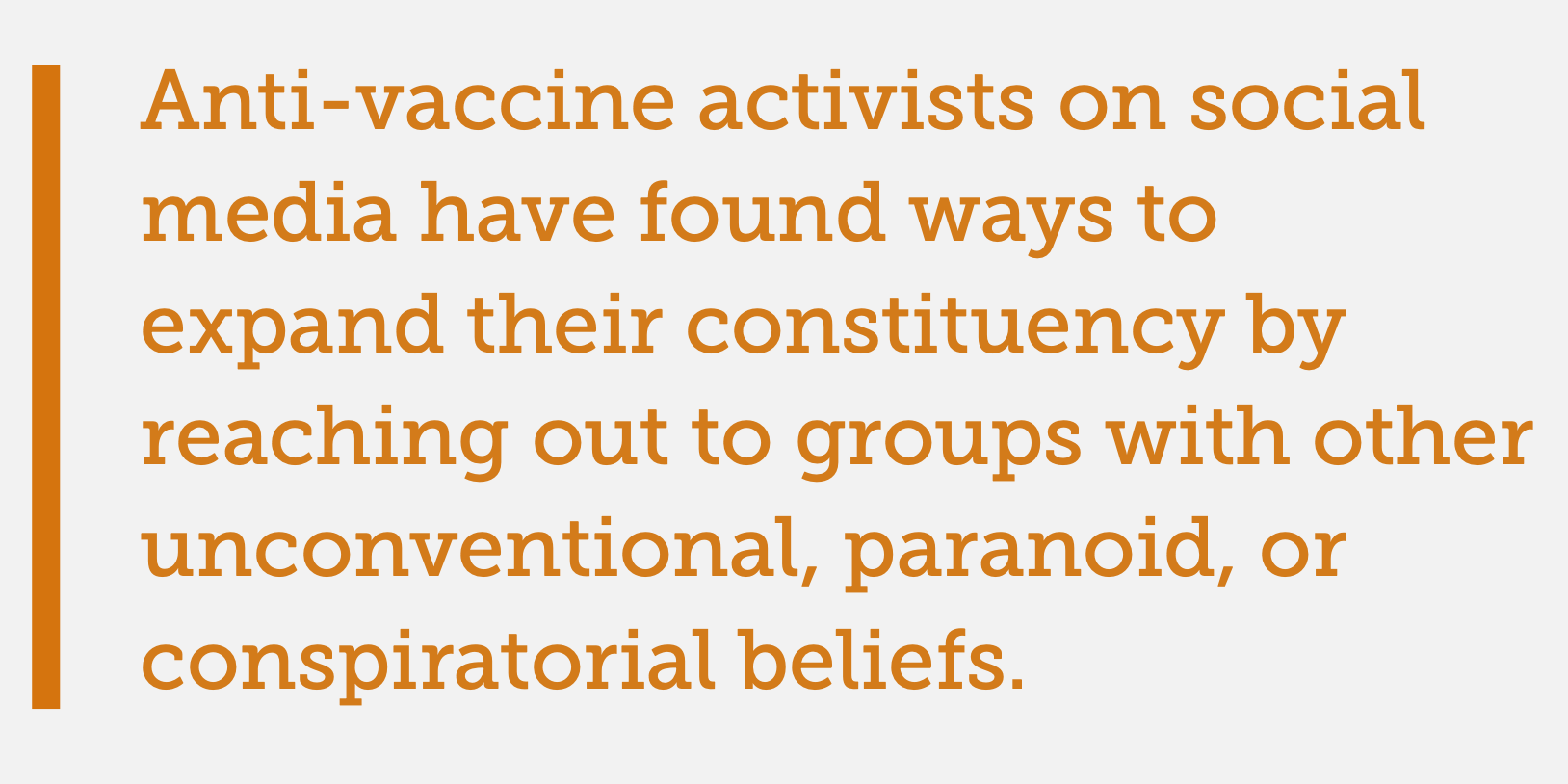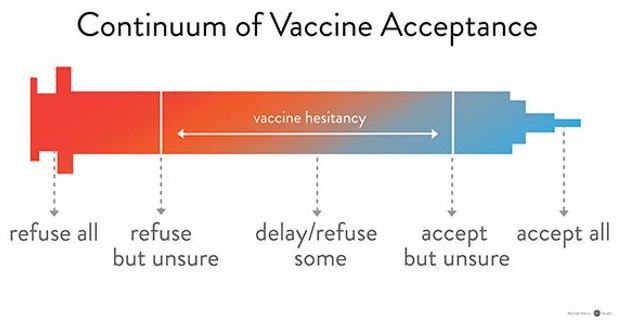I’m a pretty adept image-finder. Images are a significant part of the Daily Stormer, and always have been. Memes and art and people making funny faces are all a part of the Stormer experience.
I’ve made a lot of memes, and I’ve also pioneered some various image arts.
For example, for a while I was big into watching Alex Jones and pausing the video when he was making a funny face. High definition video opened up the possibility to catch some really funny pictures of people, and Alex has one of the most fun and animated faces of anyone.
This image has been used throughout the media for years, and I’m the one who freeze framed it:
Of course, I also steal memes from Twitter and 4chan and wherever. I’m pretty big on DeviantArt, frankly.
I go through phases, and there is no definitive image style of the site, other than to keep it interesting. I’m sure there is some expression of my own brain in there, but I’ve never been concerned with keeping a specific style. Some days, I’m just as likely to throw a standard news header image at the top of an article, other days (particularly days when I’m not mad at 4chan), I use a lot of meme images.
I’m also fond of stock photos, and I use the various image search engines. Today, I wanted to find an image of someone looking pensive, and without thinking much about it, I thought “hesitancy” might be a word that stock photo image companies had associated with “thinking face.”
I typed “hesitancy” into Google Images, and found that 100% of the images are about “vaccine hesitancy.”
It’s a term you’ve heard a lot. You would expect Google News to give you 100% coronavirus replies, but Google Images seems to believe that the only use of the word is in connection with people refusing to take the vaccine.
Like the term itself, the images are Orwellian. This forced meme is entirely about creating a global consensus around an issue, while not being allowed to publicly discuss it.
There are multiple images relating to think tank analysis of the minds of people who don’t want the vaccine.
For example, the cover page of a white paper by the Jewish Sabin-Aspen think tank.
The .pdf entitled “Meeting the Challenges of Vaccine Hesitancy,” is 175 pages long and contains the words “conspiracy” or “conspiratorial” 23 times.
The paper openly claims that anyone that is anything more than “hesitant” – i.e., any outright refuser – is some manner of kook.
I have a storied history of reading think tank white papers, which is why I’m considered by many to be very good at predicting events. Obviously, I don’t read 175 page papers everyday, but they all basically follow the same format, and they are easy to skim.
Here is the part that sums up this paper:
Efforts should be made to gather a body of experience from the community of practitioners who have developed innovative ways to help patients, parents, and guardians move from hesitance to acceptance, using communications as well as behavioral approaches derived from social science (sociology, anthropology, and economics) and psychological research. In this nuanced field, context is supremely important.
The Group highlighted the imperative of developing evidence-based approaches to hesitancy in a range of settings, particularly in lower- and middleincome countries where those insights are severely lacking. There was consensus that the primary end objective is to increase vaccination; the means to achieve this outcome include efforts to reinforce the value of vaccination and highlight the fact that it is an overwhelmingly accepted social norm. At the same time, the Group stressed that erroneous social media messages cannot go unchecked and that monitoring and rapid response actions are needed, as is research on communication strategies; educating parents, providers, and children; and addressing value systems to reinforce vaccination norms. These approaches must be multipronged and targeted. Solutions for overcoming hesitancy should include testing and adoption of approaches that address the values, feelings, and emotions of the audience, as well as communication methods and talking points. While many of the issues are context-dependent, the goal should be to identify scalable approaches to implementation.
That is not only a summary of what they are doing with the vaccines, but how they are engineering society as a whole in order to accept a consensus worldview.
The think tank analysis is the context of most of the interesting images on my Google Images search. This has been really, really heavily examined.
They have all of these various continuum diagrams.
Note the implication that the overwhelming majority, they believe, can be convinced. The assumption (clearly) is that the hardline refusers will be small enough of a group to simply shut out of society.
They are also analyzing the minds of people who are “hesitant.”
This is how they work everything.
Our entire society is a gigantic social-engineering machine.
These think tanks all speak openly about manipulating cultural and social norms in order to achieve the desired outcome of compliance with the various agendas.
These people were able to convince a significant number of us that Iraq was going to invade the United States. That was based on research that people are more psychologically malleable after severe trauma.
The psychology of the masses is broken down into individual parts, and their minds are analyzed to see what emotional drives are behind their decision-making processes, and the experts decide how to manipulate those drives. This is then fed into the media, and now, into the censorship machine of the internet.
The coronavirus vaccine is the first real “red line” that they are attempting to draw globally, to force compliance of every person on the planet.
At least, everyone who isn’t a member of the elite.
They are allowed to maintain their “hesitancy.”
"I Share Some Caution on this [Vaccine] Because We Just Don't Know the Long-Term Side Effects of Basically Modifying People's DNA and RNA"
I wonder if @Facebook will remove this video of Mark Zuckerberg? #ExposeZuck pic.twitter.com/OxRzlW7JWj
— James O'Keefe (@JamesOKeefeIII) February 17, 2021
 Daily Stormer The Most Censored Publication in History
Daily Stormer The Most Censored Publication in History













